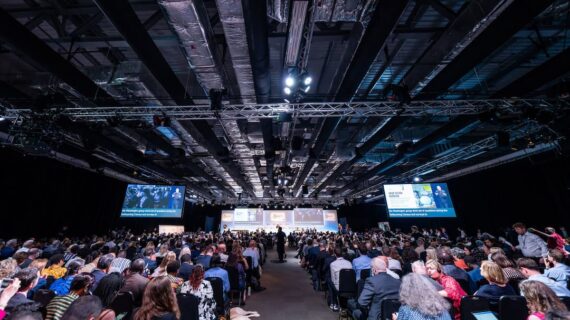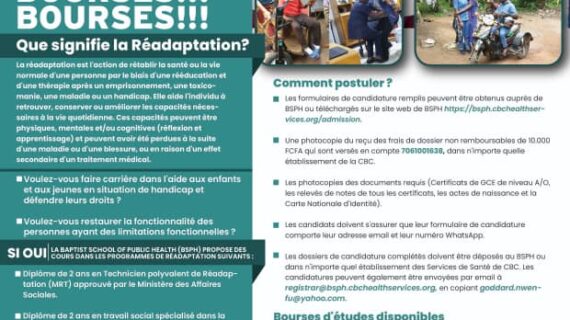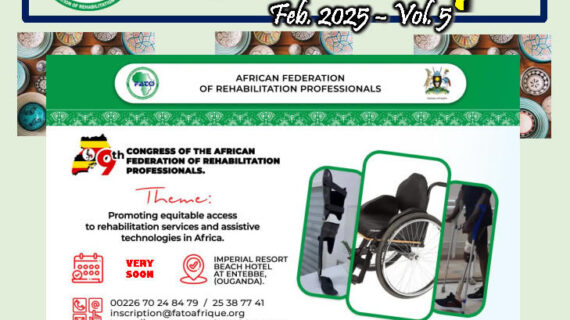Women Disabilities
One in five women are women with disabilities; and they are leading the way towards inclusive disability and women’s rights movements, around the world. Violence against indigenous women and girls with disabilities is intrinsically
linked to indigenous peoples’ history of discrimination and marginalization. It is part of a continuum that spans
interpersonal and structural forms of violence and inequality.
“I am Pratima Gurung, and I am speaking on behalf of the Indigenous Persons with Disabilities Global Network, which represents 185 million indigenous women and 45 million indigenous persons with disabilities all around the globe.
The situation of indigenous women and women with disabilities in many parts of the world continues to be critical due to these groups’ exposure to higher rates of violence.
We are refecting on the twenty-year review of the implementation of the Beijing Declaration Platform for Action, the ten-year anniversary celebration of the adoption of UN Declaration on the Rights of Indigenous Peoples, and the
aspiration of 2030 Agenda for Sustainable Development leaving no one behind.
As change makers, indigenous women have contributed as mediators and negotiators to make peace happen. In the same way, we want to assert the rights and the humanity of indigenous women and women with disabilities.
As we move towards this goal, we must first acknowledge the comprehensive understanding and experiences of indigenous women.
Second, justice and law enforcement agencies must engage with evidence of the systematic and structural nature of violence through the creation and use of disaggregated data and documents on violence against women with disabilities.
Third and finally, intercultural approaches and collaboration across movements must be framed by developing strategies, then scaled up in a way that involves different stakeholders.”







